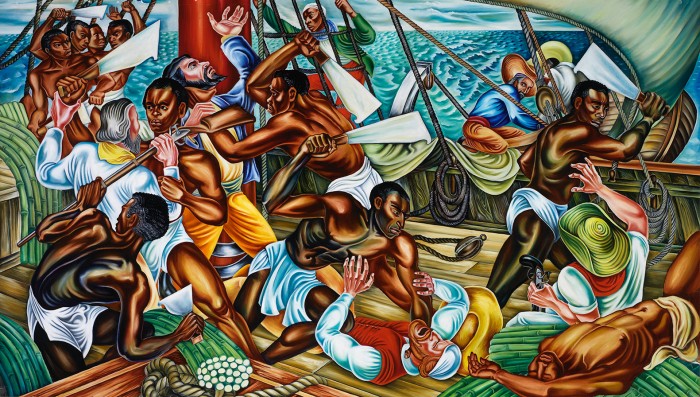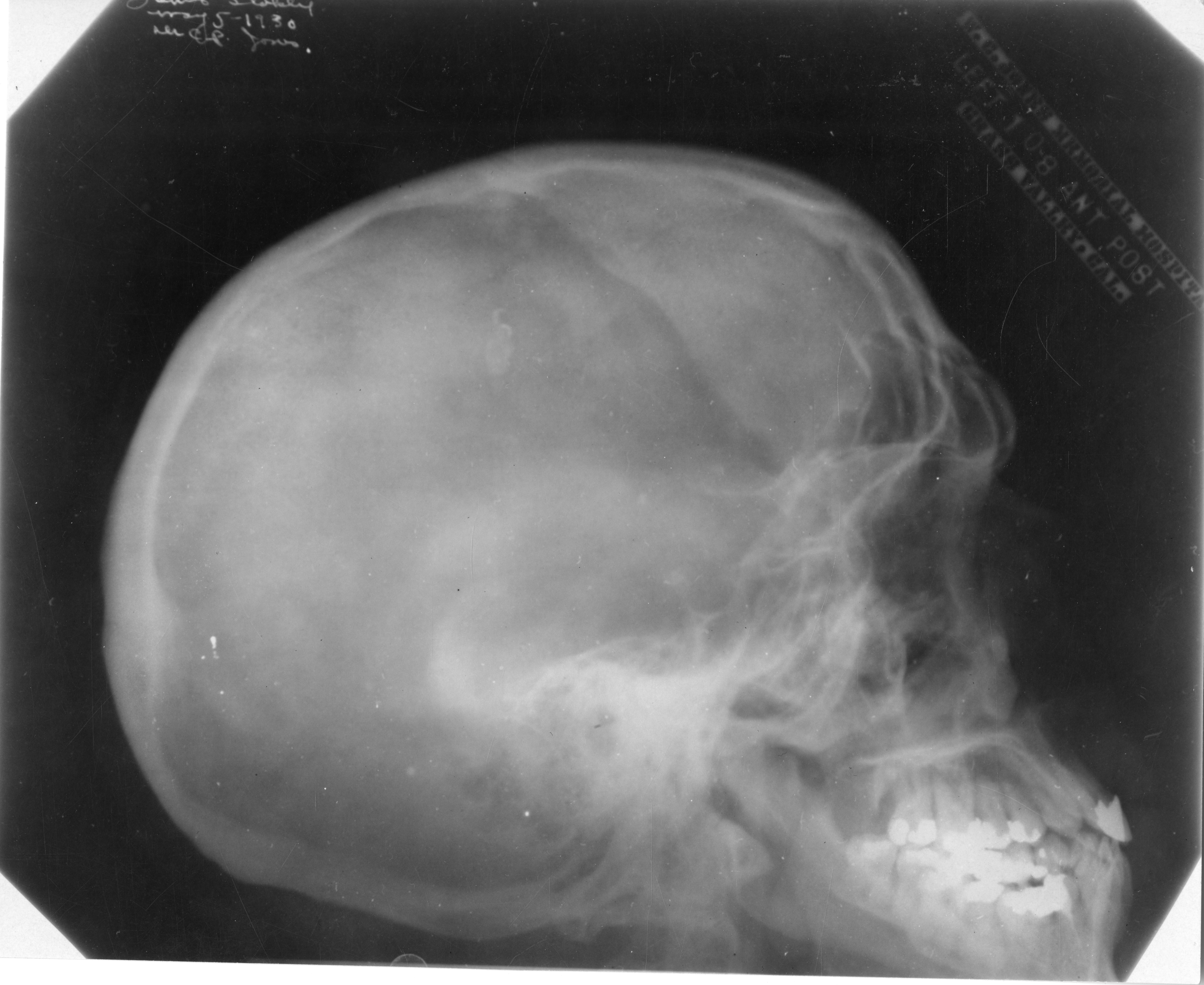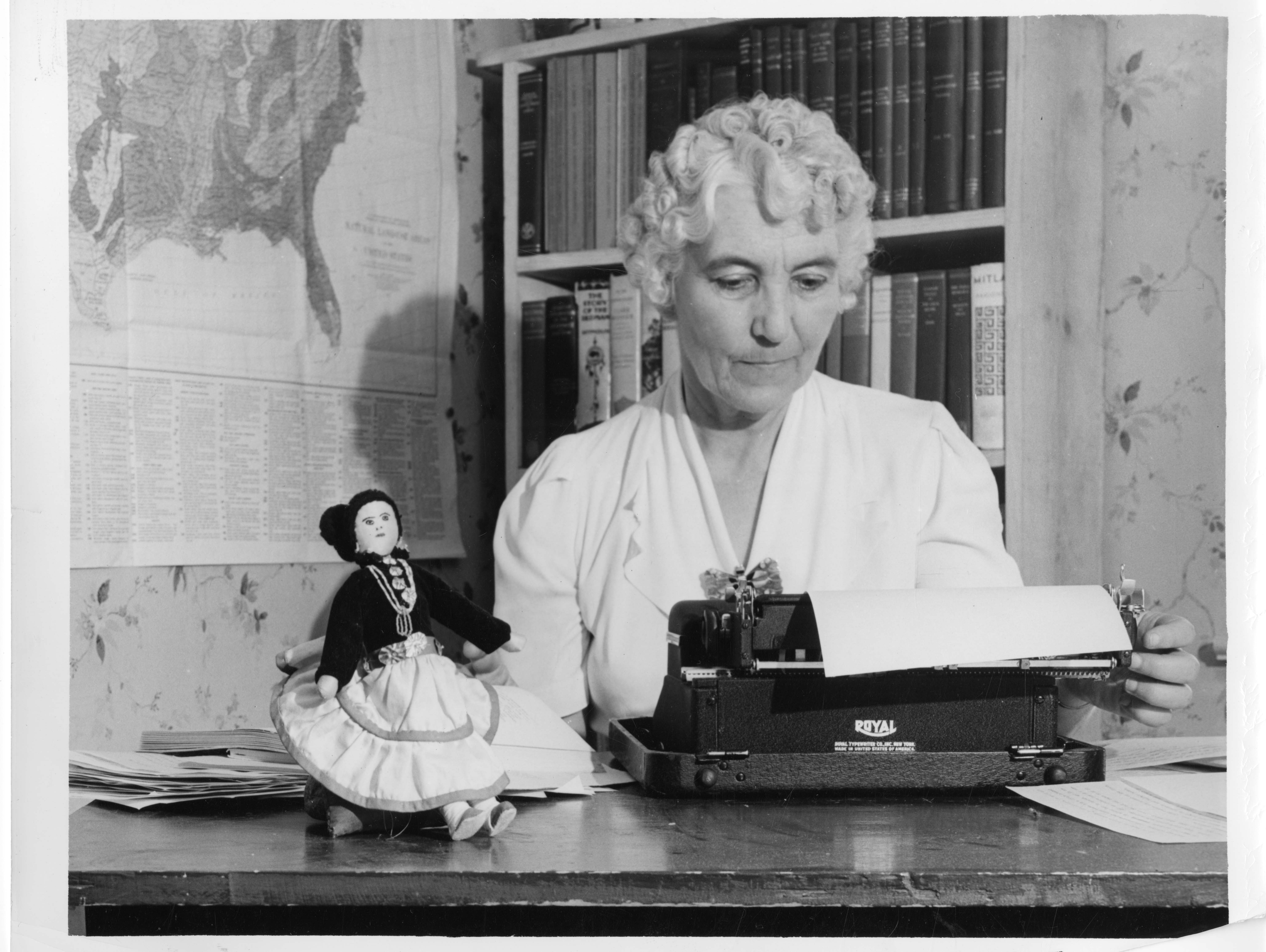Results for "Social sciences"

To Preserve or Not to Preserve: Social Media
- Date: June 13, 2012
- Creator: Jennifer Wright
- Description: A quick overview of how the Archives decides what social media to preserve to document the Smithsonian’s history.

Link Love: 2/6/2015
- Date: February 6, 2015
- Creator: Mitch Toda
- Description: Link Love: a weekly blog feature with links to interesting videos and stories regarding archival issues, the Smithsonian, and history.
- Blog Post
Web and Social Media Preservation: Capturing Today’s Websites for Future Archival Research
- Date: August 12, 2014
- Description: The Smithsonian Institution Archives has captured two years of Smithsonian websites using the web tool Archive-It. See how we predict future research.

Science Service, Up Close: Covering Eclipses, Near and Far
- Date: August 15, 2017
- Creator: Marcel Chotkowski LaFollette
- Description: Spectacular natural events, like eclipses, have long been the bread-and-butter of science journalism. Science Service, too, succumbed to the lure of combining colorful, firsthand descriptions with technical explanations.

Science Service, Up Close: George Sarton, Watson Davis, and “Panache”
- Date: June 23, 2016
- Creator: Marcel Chotkowski LaFollette
- Description: For historians of science, the name “Sarton” resonates like a deep-throated bell. Isis, the international journal that chemist and mathematician George Sarton (1884-1956) founded in Belgium in 1913, is now the premier publication of the History of Science Society. The field he envisioned is flourishing as well as continually responding to changes in science and its social

Science Service, Up Close: Science Reporters on the Hunt
- Date: April 18, 2019
- Creator: Marcel Chotkowski LaFollette
- Description: Photographs from the Science Service collections preserve behind-the-scenes glimpses of the newsgathering process for science reporters.

Science Service, Up Close: Journalists, Cancer Research, and Public Education
- Date: March 6, 2018
- Creator: Marcel Chotkowski LaFollette
- Description: Cancer, James T. Patterson observed in The Dread Disease, serves as a powerful metaphor in American culture, where the malady mirrors the “manifestation of social, economic, and ideological divisions” in modern life. In the decades since publication of Patterson’s book, medical research has made great strides in methods of detection and treatment. But the challenge for science

Ruth Murray Underhill: Woman of the People
- Date: March 21, 2013
- Creator: Tad Bennicoff
- Description: The life of Ruth Murray Underhill, an Anthropologist, who worked with Native American tribes throughout the Southwest.
- Blog Post
Science Service, Up Close: White House Science Advisors, from Roosevelt to Nixon
- Date: May 11, 2017
- Creator: Marcel Chotkowski LaFollette
- Description: May 11 is the anniversary of establishment of the White House Office of Science and Technology Policy (OSTP). That 1976 legislation further ratified the influence of scientists on national policy, positioning them to provide ready advice to the President.
Science Service: Up Close
- Date: May 19, 2015
- Creator: Marcel Chotkowski LaFollette
- Description: Each Smithsonian Institution Archives collection has a life story. That narrative, much like the biography of a person, can explain how a collection's photographs, letters, and documents relate to each other. Closer inspection may also reveal hidden connections to other archival materials and can help in identifying photographers and writers. This new blog series will turn a
- Blog Post
Science Service, Up Close: Charles Bittinger and the Worlds of Science and Art
- Date: December 6, 2016
- Creator: Marcel Chotkowski LaFollette
- Description: The work of painter Charles Bittinger, bridging the worlds of science and art.

Science Service, Up Close: Covering the Atom, August 1945
- Date: August 6, 2015
- Creator: Marcel Chotkowski LaFollette
- Description: Details of Helen Miles Davis and Science Service coverage of the atomic bomb.
